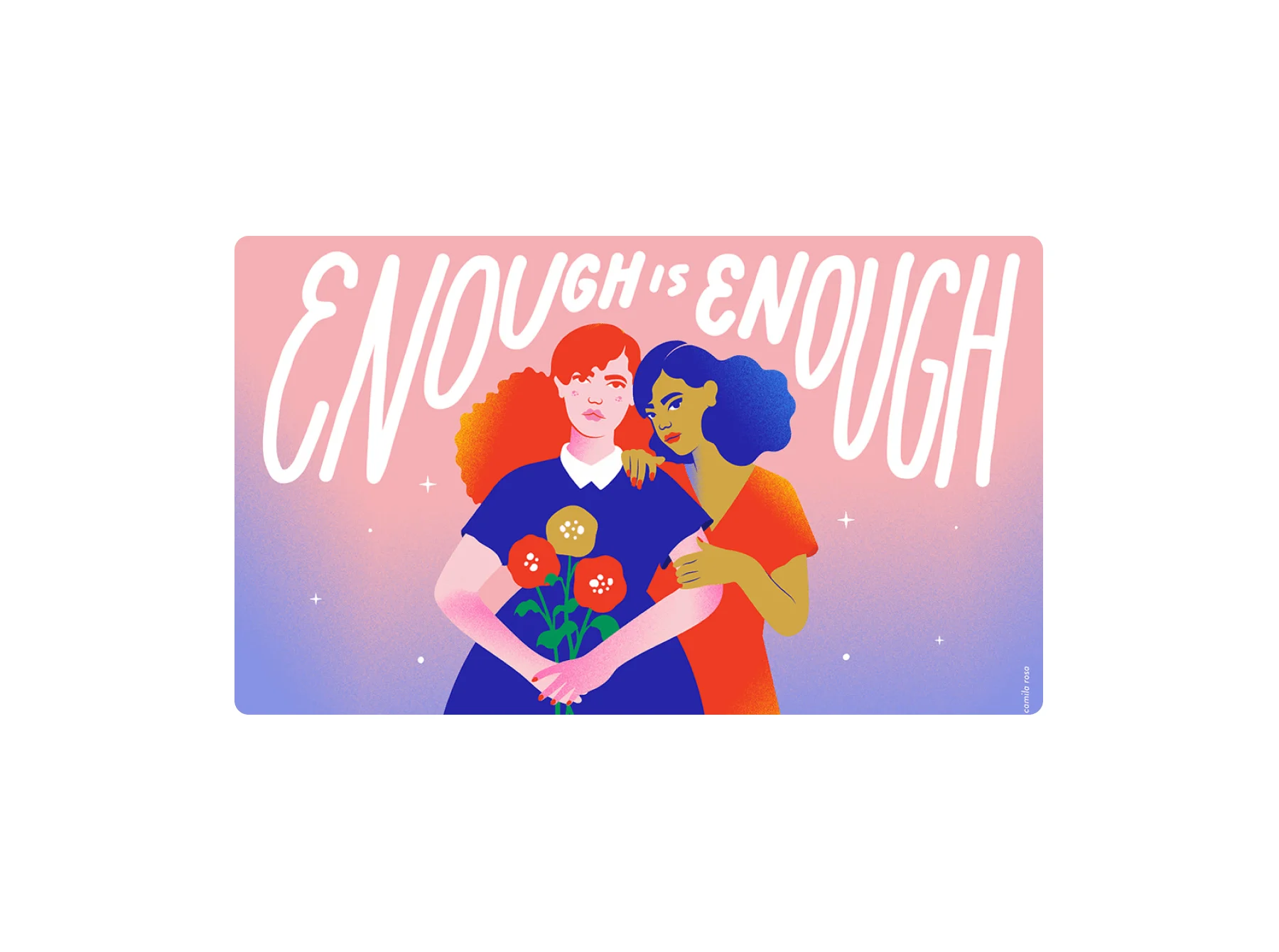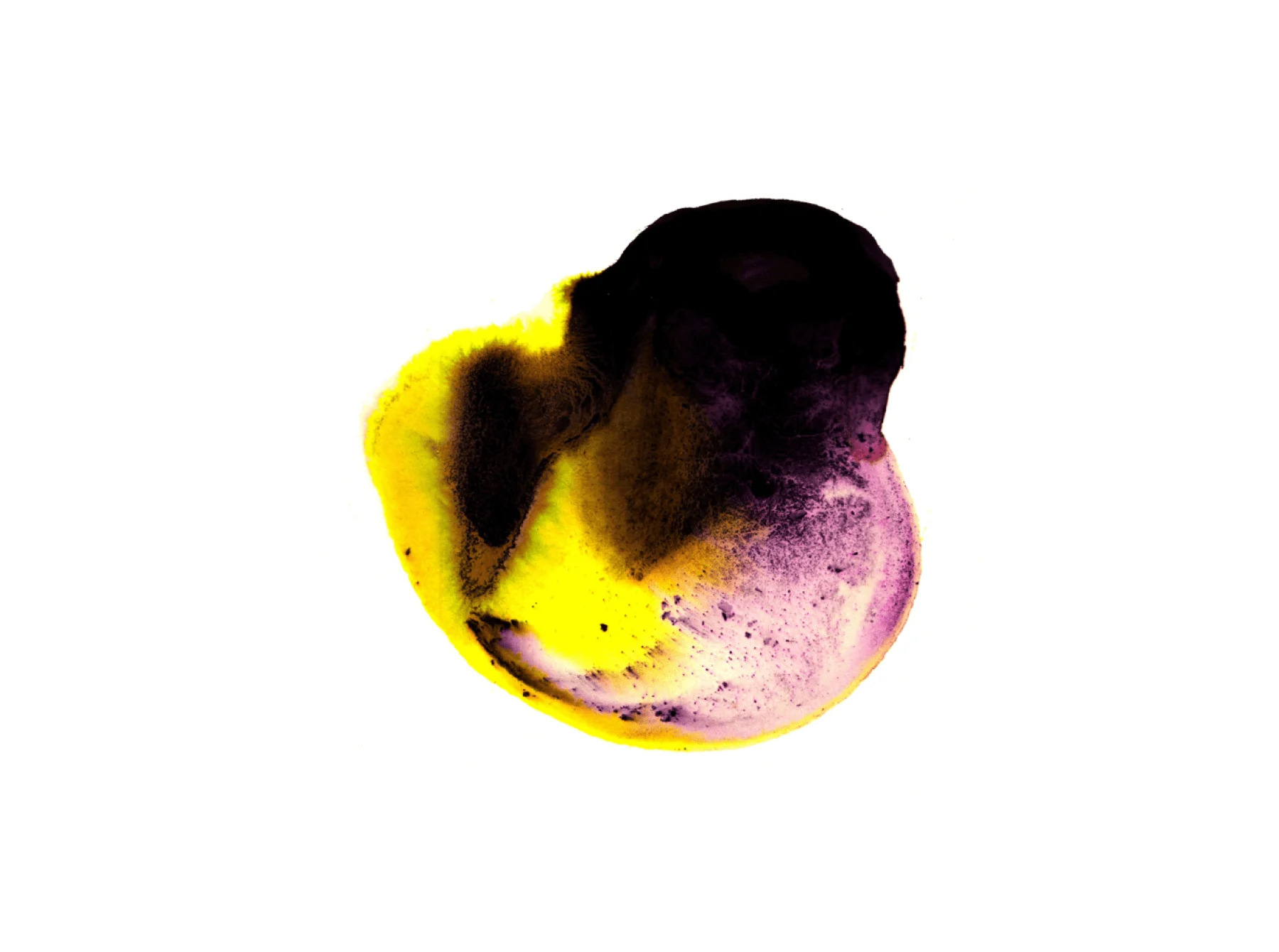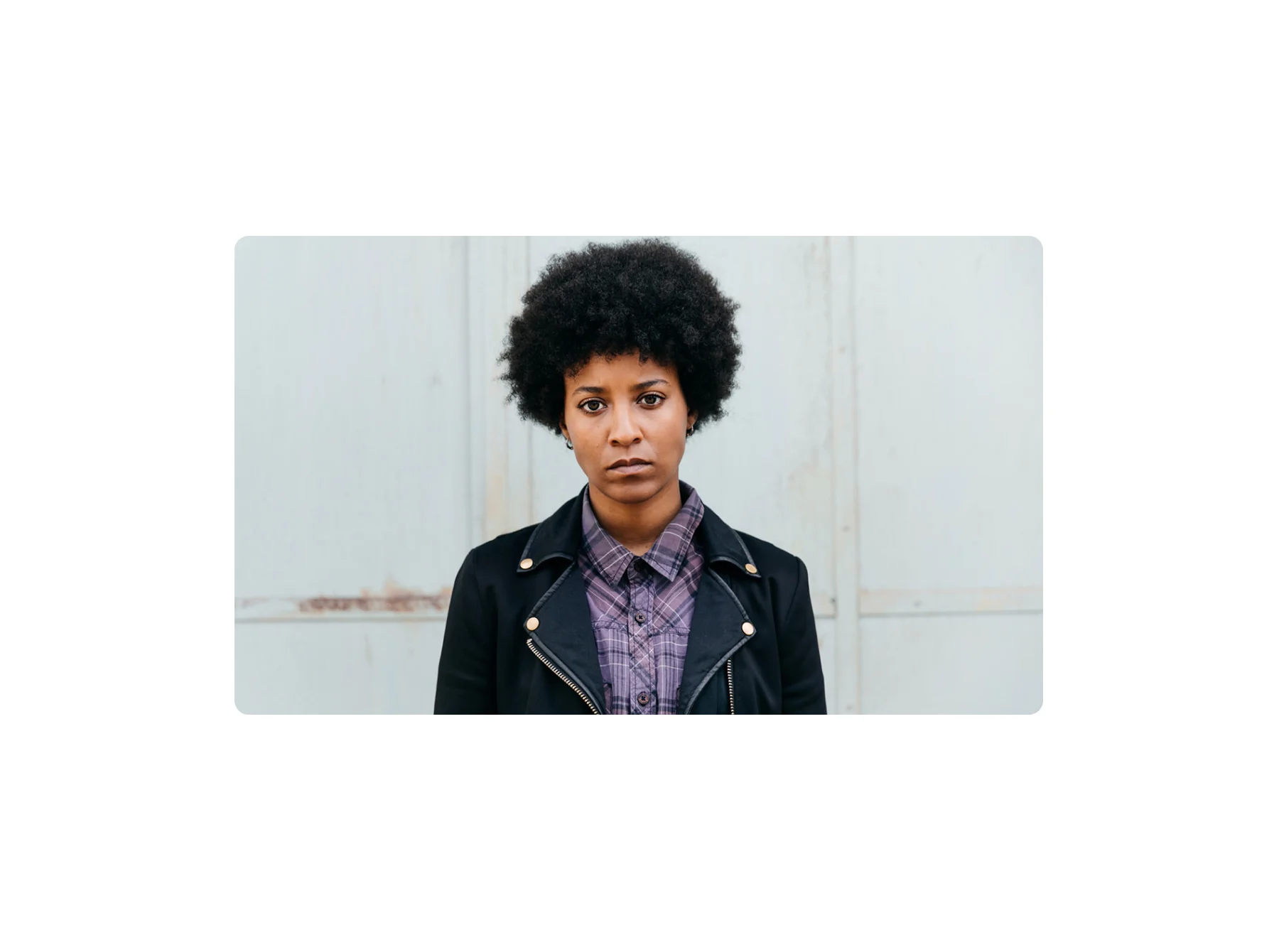
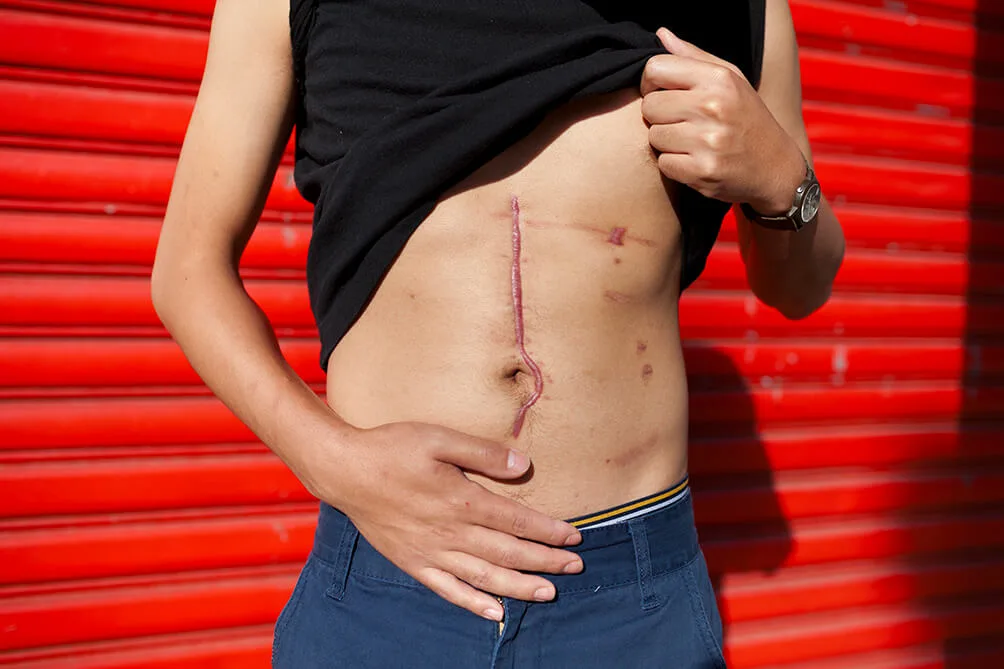
We’ve become numb to mass shootings, to the normalized cycle of breaking news, thoughts-and-prayers, anger, nothing. For American photographer Kathy Shorr, this wasn’t good enough. SHOT is a series of 101 portraits of Americans who were shot, who survived, but whose lives changed forever in that moment.
This story is part of our series looking at how creative minds are taking on gun violence. Read more about the series and explore the other projects.
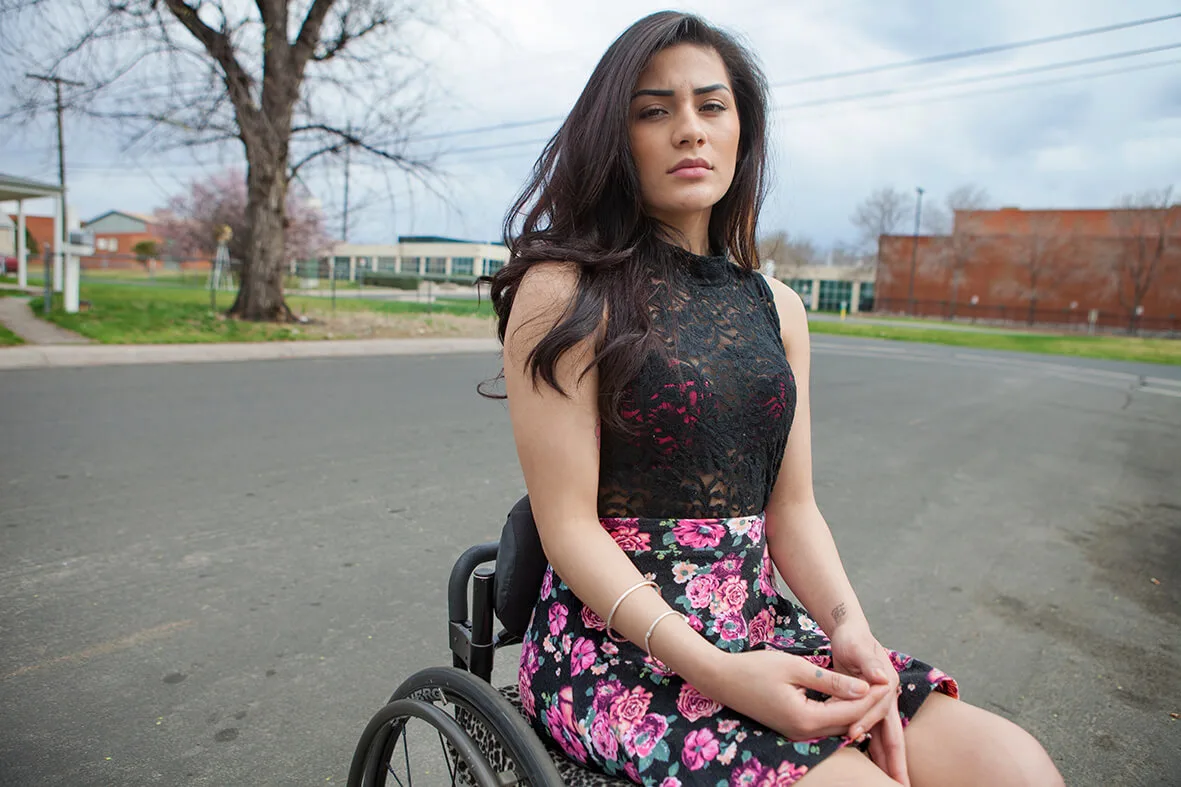
“There really is no sanctuary in America that is immune to gun violence,” Kathy Shorr explains. “Traveling around the USA for over two years to big cities and smaller towns, I was surprised that the problems we face in the larger metropolitan areas are also affecting our smaller cities and towns.”
Kathy’s two-year road-trip – taking in 29 states to meet survivors and tell their stories with her camera – had its roots in the 1980s. While living in New York City, two intruders dressed as postmen forced their way into her apartment and threatened her with a gun. Although unhurt, she says the experience became “part of me.”
There were other driving factors too. The way her students (when she worked as a teacher) wore pictures of their friends who’d been shot and killed. The way she felt each shocking mass shooting was shocking us all a little less.
So in 2013, she set off to tell the story of gunshot survivors. She paid for it using her savings, and would double- or triple-up on trips to certain cities, visiting several subjects in a couple of days to make her money go further.


“I always met the subjects beforehand to talk, in a coffee shop, a park or at their home. The conversations were most important – to get to know them a bit and for them to know me.”
These initial talks could last anywhere between 30 minutes and three hours. The key was for Kathy to really listen; then when they were ready, they would go to the location where the photographs would be taken, the same place the subjects had been shot.
“Photographing survivors at the location of the shooting was another way for viewers to identify with them,” Kathy says. “Shootings occur in banal and normal places. Many of the survivors were injured in their homes or their cars. Church, shopping centers, the gym, the park, neighborhood streets, schools, driving a city bus, writing a church sermon in their office, going to the movies, sleeping on their couch, opening their front door.”
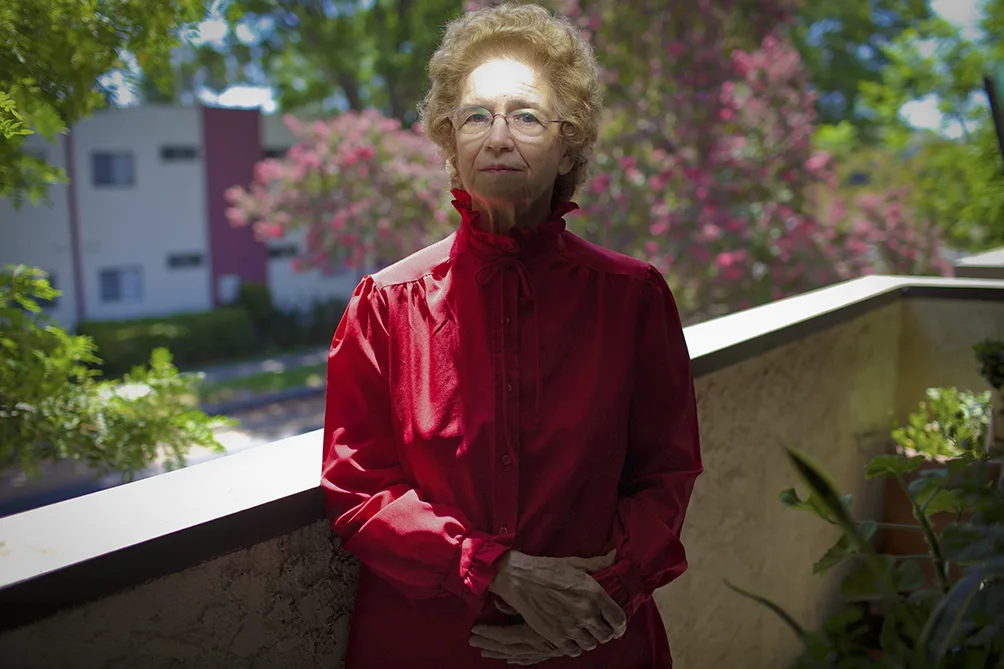
The pictures themselves have a calm, quiet power. The survivors range from eight to 80 years old, across races and ethnicities, backgrounds and beliefs. They each carry the scars of their attacks, although some are much more visible than others. There are wheelchairs and prosthetic limbs and colostomy bags – these are portraits of human resilience.
The captions are simple and short. There are people shot by robbers, and by accident. There are abusive husbands and boyfriends out for revenge. There are disputes that got out of hand, at parties and at clubs. There’s an eight-year-old, shot by a fellow third grader who found the gun at home and brought it to school.
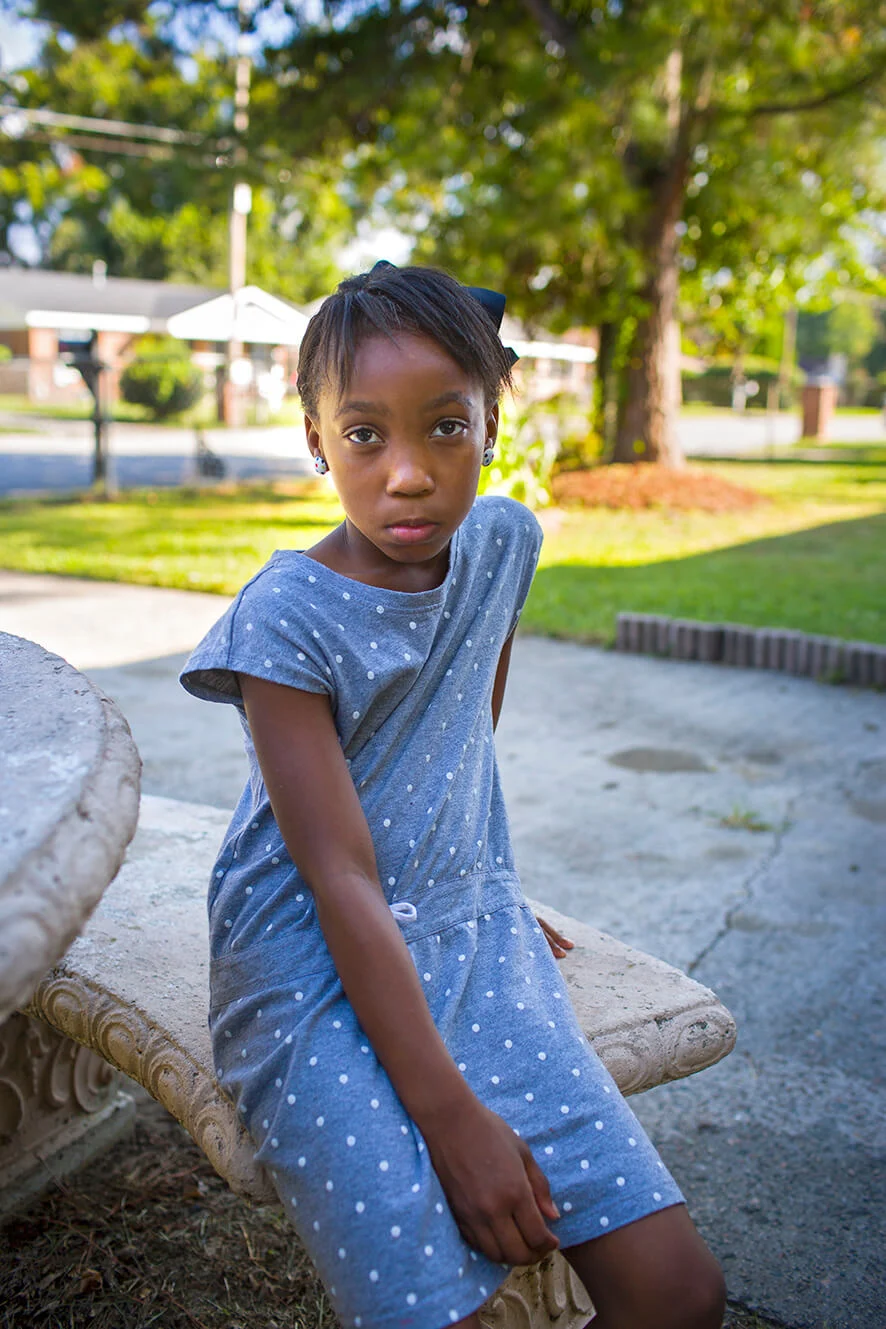
Everyone Kathy photographed made the final selection, released as a book last year. “Naturally some pictures are better than others, but this was not a project about getting 101 perfect pics,” she says. “If the weather was bad, then we photographed in bad weather. If the area was dull and had nothing interesting, then I tried to make it look better. There was no do over.
“A studio photographer would hate to do a project like this and I don't like studio photography, so I made it work for me and enjoyed my time with each survivor.”
What shocked Kathy the most was the “indiscriminate nature” of gun violence. The people she met were the victims of bad luck and bad timing, much more than they were victims of their own bad decisions. She sees SHOT as a tribute to the power of humanity and community.
“I hope people will see how much we have in common and how much we share with each other. SHOT was not done to be political statement. In fact, I believe that responsible gun owners are the ones who have the power to enact responsible gun laws.”
But, as ever with this issue, it’s hard to keep politics too far away. The anger is too visceral.

“There is something terribly wrong when the NRA, with a membership of five million people, dictates the law for 325 million fellow Americans.” Kathy says. “The corruption of politicians who allow their greed to make our children terrified to go to school – this is probably the most shameful and shocking realization.
“Does anyone really think that it is a good thing to have children in kindergarten learning how to hide from armed intruders? Is arming teachers a serious answer for the problem of school shooters?

“We have to start talking about gun violence and what compromises we can create to make things better for our children and grandchildren.”
She is now working on the second part of her SHOT project, subtitled Shot: We The People. It’s going to be a mass crowdsourced collection where people submit pictures of loved ones who’ve been shot – both those who made it and those who didn’t.
“It will be the most complete documentation of how guns have changed the landscape of America by presenting a diverse representation of victims and survivors from across the United States,“ Kathy says. “This is what democracy looks like. This is what gun violence looks like.”


